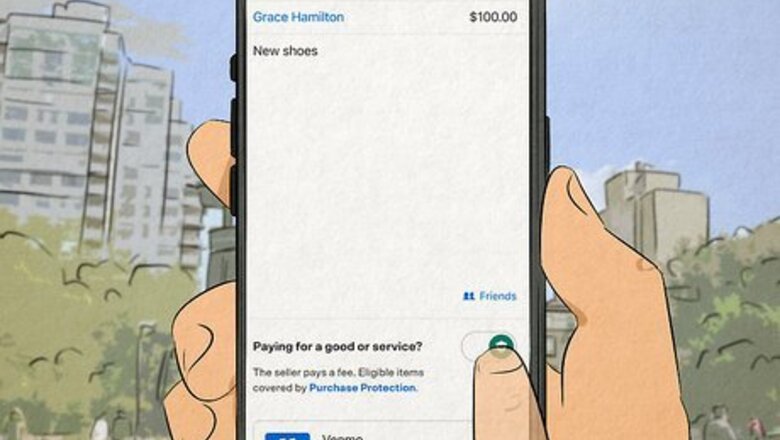
views
- Payments between personal users will never be refunded by Venmo, even in the case of a scam.
- Payments tagged as purchases or involving business accounts may be refunded in the event of a scam.
- If you believe your payment is eligible for a refund, contact Venmo to submit a dispute. Be sure to provide evidence that you were scammed.
Will Venmo refund money if scammed?
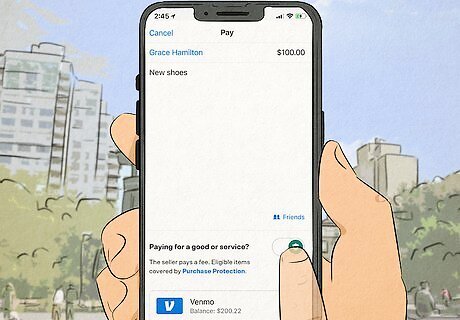
Venmo will not refund peer-to-peer payments. Payments sent between two personal accounts on Venmo will not be refunded. Even if the payment is between two strangers, it will not be considered for a refund. Only payments tagged as purchases (i.e. Goods & Services) are eligible for a refund. When sending money to a stranger as part of a transaction, always tag the payment as a purchase.

Purchases are protected under Venmo's Purchase Protection Program. If you tag your payment as a purchase before sending it, you may be entitled to a refund in the case of a scam. Some cases in which a refund may be in order include: Receiving a damaged item Receiving a knockoff when promised an authentic item Not receiving a service for which you paid Check out this wikiHow guide to learn more about tagging purchases and all the scenarios covered under the Purchase Protection Program.
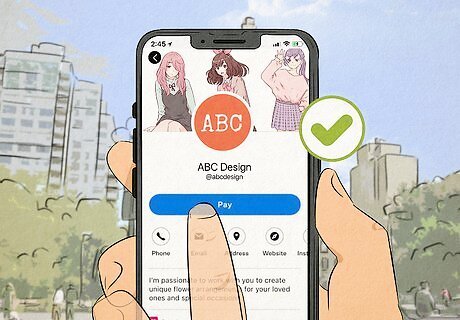
Payments sent to or from business accounts may be entitled to a refund. Payments involving Venmo business accounts are automatically tagged as purchases and are therefore covered under the Purchase Protection Program. If you believe you have been scammed and are eligible for a refund, check out the next section.
Getting Money Back After a Venmo Scam
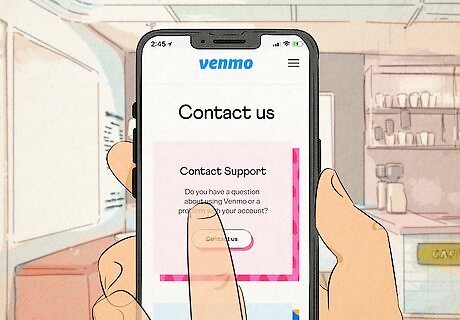
Contacting Venmo to submit a claim. To submit a claim under the Purchase Protection Program, use the Contact page on Venmo's website to contact an agent and discuss your situation. They will submit a claim/dispute on your behalf. If you are approved for a refund, you will receive it within 1-5 business days. Before contacting Venmo, try to gather as much evidence as possible of the scam, including screenshots and paper trails of texts/emails.

Opening a dispute in the Venmo app. Contacting Venmo directly is the quickest way to sort out a scam, but Venmo also allows users to open disputes directly within the app. Go to the Me tab Tap Transactions and select the transaction you want to dispute. Tap Need Help? at the bottom of the page. Tap on the statement that best describes your situation. Tap “Add more” to dispute multiple transactions. After selecting all relevant transactions, tap “Add”. Tap “Next” and add any additional information. Use this opportunity to be specific in describing how you were scammed. Tap Submit Issue. If prompted, reset your Venmo password. This may be necessary if your account was hacked.
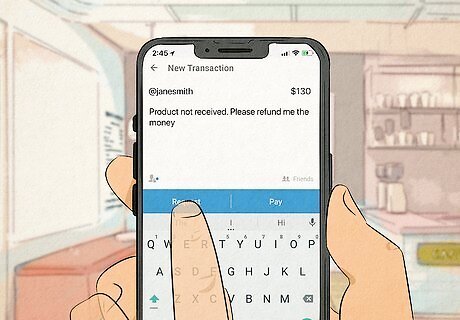
Requesting money back from the scammer. If you were scammed via a peer-to-peer payment, there is not much you can do to get a refund. Ultimately, your only course of action is to send a request to the user who scammed you in hopes of getting your money back. It's unlikely they will honor your request, but it is worth a shot. This wikiHow guide can help you send a Venmo request.
Protecting Against Scams on Venmo

Tag all purchases as such in the Venmo app. The best and only true way to avoid scams on Venmo is to identify your purchases as such when sending payments. Peer-to-peer payments will not be protected whatsoever in the case of a scam; only purchases will.

Be wary of strangers online. It is common to make transactions via Venmo with someone you met on an online forum like Craigslist, Facebook Marketplace, or OfferUp. It isn't easy to know whether or not you can trust these people, so be sure to do some light vetting before committing to the purchase. Some users may tell you not to tag your payment to them as a purchase so they can avoid the seller fees. You should always insist on tagging the payment as a purchase anyway.
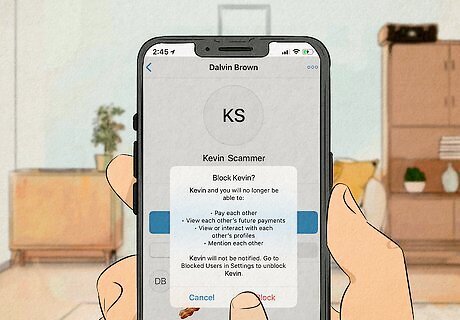
Block scammers on Venmo. If a user on Venmo has scammed you, be sure to block them so that they cannot attempt to scam you again. This wikiHow guide can help you block users on Venmo.

Notify Venmo of all scams. Even if you were scammed via a peer-to-peer transaction and are not eligible for a refund, it is good practice to notify Venmo of the scam. This allows Venmo to build a safer community and punish/remove the user who scammed you.



















Comments
0 comment